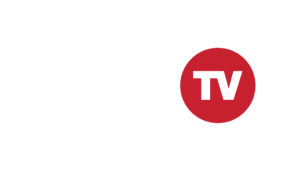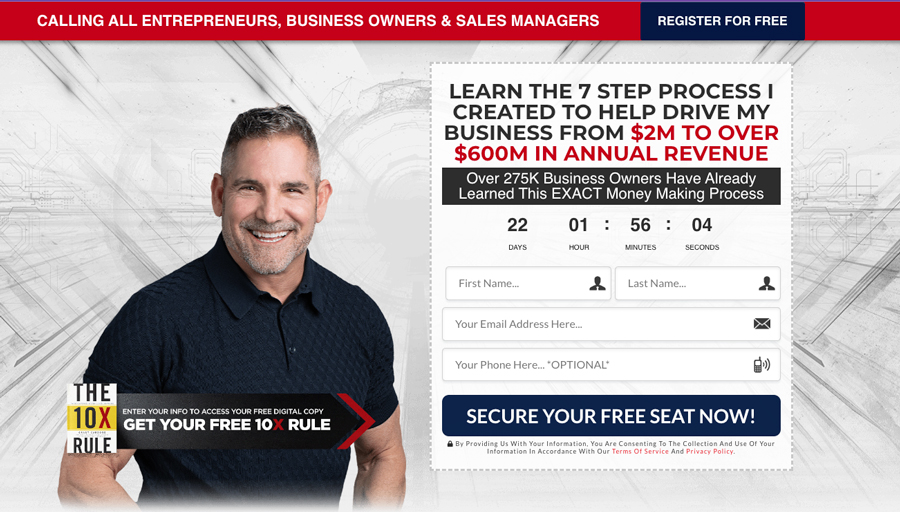Provided by Susan Mesrobyan http://SusanMesrobyan.Virtuity.com (310) 954-7974
Retirement accounts are not bank accounts. Nor should they be treated as such. When retirement funds are drawn down, they impede the progress of retirement planning, even if the money is later restored. In a financial crush, a retirement account may seem like a great source of funds. It is often much larger than a savings account; it is technically not a liquid asset, but it can easily be mistaken for one. The central problem is this: when you take a loan or an early distribution from an IRA or a workplace retirement plan, you are borrowing from your future self. In fact, you may effectively be borrowing more money from your future than you think. Even if you put every dollar you take out back into the account, you are robbing those dollars you removed of the tax-deferred growth and compounding they could have realized while invested. ——————————————————————————————————————————- If you find this information useful, please Like and Share on your Social Media. An early withdrawal will commonly come with a 10% penalty. The Internal Revenue Service does not want you to cash out your retirement account prior to age 59½, so it puts an additional tax on withdrawals from traditional IRAs and employer-sponsored retirement plans that occur before then. (This applies even to withdrawals defined as “hardship distributions,” where the account holder has demonstrated a severe financial dilemma and a lack of other financial sources to address the problem.)1,2 The money exiting the plan is considered a distribution of ordinary, taxable income. So, you will pay regular income tax on the money you take out, plus a penalty equal to 10% of the amount withdrawn.1,3 In the case of a workplace retirement plan, you will not even receive 100% of what you take out. The plan must withhold 20% of the withdrawn funds from you to cover income taxes.2 There is one asterisk worth noting here. The I.R.S. will let you withdraw your contributions to a Roth IRA at any point during your life, tax free and penalty free. Roth IRA earnings, however, are a different story – if you begin to withdraw those earnings before you reach age 59½ and have owned the Roth IRA for at least five years, then regular income taxes and the 10% penalty apply to the distribution.1 Loans come with their own set of issues. Most employer-sponsored retirement plans allow them once you are vested. You can usually withdraw up to $50,000 or 50% of your account balance, whichever is less; the term of repayment is typically five years.1,3 All that may appear very convenient, but you are still borrowing money that could be growing and compounding in the account – with taxes deferred, no less. Moreover, the loan comes with interest and cuts into your take-home pay.3 In some cases, you may feel like you have no choice but to borrow from your employee retirement plan: your back is against the wall financially due to hospital bills, high-interest debts, or other pressures; you lack other financial means to address these pressures; and you certainly do not want to turn to a predatory lender. If you do take a loan from your workplace retirement plan account, remember two things. One, the loan should not be so large that your monthly household debt approaches 35-40% of your gross income. Two, you should avoid taking a loan if it appears you may leave the company in the coming months. If you quit or are fired, you may need to repay the whole loan balance in as little as 60 days. Any money you fail to repay will be considered a distribution of taxable income to you otherwise.3 All this underscores the need to build an emergency fund. If you have adequate cash on hand for sudden financial crises, you can refrain from taking what should be thought of as a withdrawal or loan of last resort. ——————————————————————————————————————————- If you like what you read and have additional questions, please contact me. Susan Mesrobyan may be reached at (310) 954-7974 http://SusanMesrobyan.Virtuity.com www.linkedin.com/in/susan-mesrobyan-virtuity-wfg https://www.facebook.com/susanmesrobyanwfg https://twitter.com/susanmesrobyan If you find this article useful, please Like & Share World Financial Group, Inc. (WFG) is a financial services marketing company whose affiliates offer a broad array of financial products and services. Insurance products offered through World Financial Group Insurance Agency, Inc., World Financial Group Insurance Agency of Hawaii, Inc., World Financial Group Insurance Agency of Massachusetts, Inc., World Financial Insurance Agency, Inc. and/or WFG Insurance Agency of Puerto Rico, Inc. – collectively WFGIA. Securities and Investment Advisory Services offered through Transamerica Financial Advisors, Inc. (TFA), Member FINRA, SIPC, and Registered Investment Advisor. WFG, WFGIA and TFA are affiliated companies. WFG and WFGIA Headquarters: 11315 Johns Creek Parkway, Johns Creek, GA 30097-1517. Phone: 770.453.9300 TFA Headquarters: 570 Carillon Parkway, St. Petersburg, FL 33716. Phone: 770.248.3271 This material was prepared by MarketingPro, Inc., and does not necessarily represent the views of the presenting party, nor their affiliates. This information has been derived from sources believed to be accurate. Please note – investing involves risk, and past performance is no guarantee of future results. The publisher is not engaged in rendering legal, accounting or other professional services. If assistance is needed, the reader is advised to engage the services of a competent professional. This information should not be construed as investment, tax or legal advice and may not be relied on for the purpose of avoiding any Federal tax penalty. This is neither a solicitation nor recommendation to purchase or sell any investment or insurance product or service, and should not be relied upon as such. All indices are unmanaged and are not illustrative of any particular investment. «RepresentativeDisclosure» Citations. 1 – tinyurl.com/ya42no9v [9/13/17] 2 – forbes.com/sites/financialfinesse/2017/03/16/the-401k-distribution-opportunity-you-need-to-think-twice-about/ [3/16/17] 3 – cnbc.com/2017/04/13/never-pull-money-from-your-401k–except-in-these-3-cases.html [4/13/17]Virtuity – Refrain from Tapping Your Retirement Funds

Resist the temptation. Your future self will thank you.
Sign in
Welcome! Log into your account
Forgot your password? Get help
Password recovery
Recover your password
A password will be e-mailed to you.


























